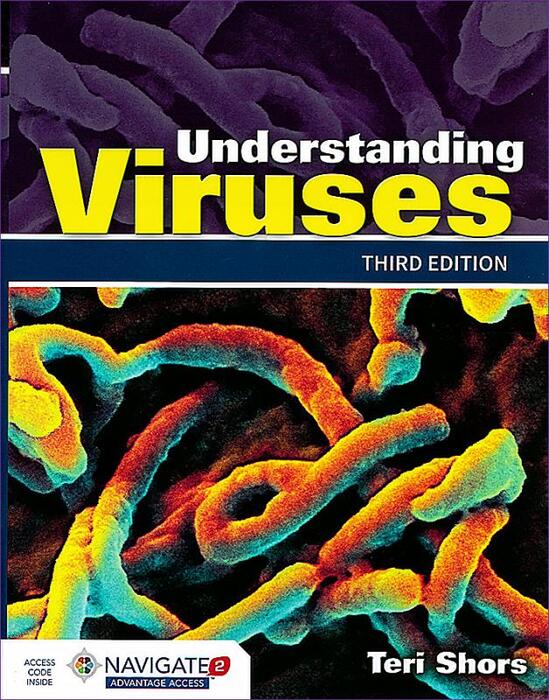內容簡介
Understanding Viruses continues to set the standard for the fundamentals of virology. This classic textbook combines molecular, clinical, and historical aspects of human viral diseases in a new stunning interior design featuring high quality art that will engage readers. Preparing students for their careers, the Third Edition greatly expands on molecular virology and virus families. This practical text also includes the latest information on influenza, global epidemiology statistics, and the recent outbreaks of Zika and Ebola viruses to keep students on the forefront of cutting-edge virology information. Numerous case studies and feature boxes illuminate fascinating research and historical cases stimulate student interest, making the best-selling Understanding Viruses the clear choice in virology. Each new print copy includes Navigate 2 Advantage Access that unlocks a comprehensive and interactive eBook, student practice activities and assessments, a full suite of instructor resources (available to adopting instructors with course ID), and learning analytics reporting tools (available to adopting instructors with course ID).
作者簡介
Teri Shors, PhD-University of Wisconsin - Oshkosh, Wisconsin
Teri Shors has been a member of the Department of Biology and Microbiology at the University of Wisconsin Oshkosh since 1997; she was promoted to the rank of Professor in 2010. Shors is a devoted teacher and researcher at the undergraduate and graduate levels and has been a recipient of university awards, including a distinguished teaching award and two endowed professorships. She has taught a variety of courses and laboratories and has made a strong contribution to the development of new courses in microbiology and molecular biology in the department.
Shors’ graduate and post-graduate education is virology-based and is reflected in her research. Before teaching at UW Oshkosh, she was a postdoctoral fellow in the Laboratory of Viral Diseases under the direction of Dr. Bernard Moss in the National Institute of Allergies and Infectious Diseases (NIAID) at the National Institutes of Health (NIH). While her initial expertise centers upon studying the expression of vaccinia virus genes, she is currently interested in the potential of anti-viral compounds in cranberries, other fruits, and herbs used as green medicine in Hmong culture. This anti-viral research has been funded by a variety of granting agencies, including a prestigious Merck/AAAS award. Shors has mentored many students engaged in independent research projects and related readings.
Shors contributes strongly as a co-author to the 3rd edition of The Microbial Challenge. She is the author of Understanding Viruses, now in its 2nd edition and has recently authored Encounters in Virology. Additionally, she has contributed to and authored a variety of other texts and scientific writings.
Initiative, creativity, using technology in the classroom, networking, and leading collaborative, cross-disciplinary studies are all hallmarks of Shors’ talents. Her use of technology, current events topics, and humor makes her popular among students in the classroom. She has recently developed and taught an online virology course for undergraduates.
目次
Chapter 1 Introduction to Viruses
Chapter 2 Virus Architecture and Nomenclature Eukaryotic
Chapter 3 Molecular Biology, Host Cell Constraints and How Viruses Hijack Host Cells
Chapter 4 Mechanisms of Viral Entry and Spread of Infection in the Body
Chapter 5 Host Resistance to Viral Infections
Chapter 6 Epidemiology
Chapter 7 Laboratory Diagnosis of Viral Disease and Working with Viruses in the Research Laboratory
Chapter 8 Poliovirus and Other Enteroviruses
Chapter 9 Influenza Viruses
Chapter 10 Hepatitis Viruses
Chapter 11 Herpesviruses
Chapter 12 Human Immunodeficiency Virus (HIV)
Chapter 13 Rabies
Chapter 14 Poxviruses
Chapter 15 New Viruses and Viruses that are Reemerging
Chapter 16 Viruses and Cancer
Chapter 17 The History of Medicine, Clinical Trials, Gene Therapy, and Xenotransplantation
Chapter 18 What About Prions and Viroids?
Chapter 19 Plant Viruses
Chapter 20 The Best for Last: Bacteriophages

